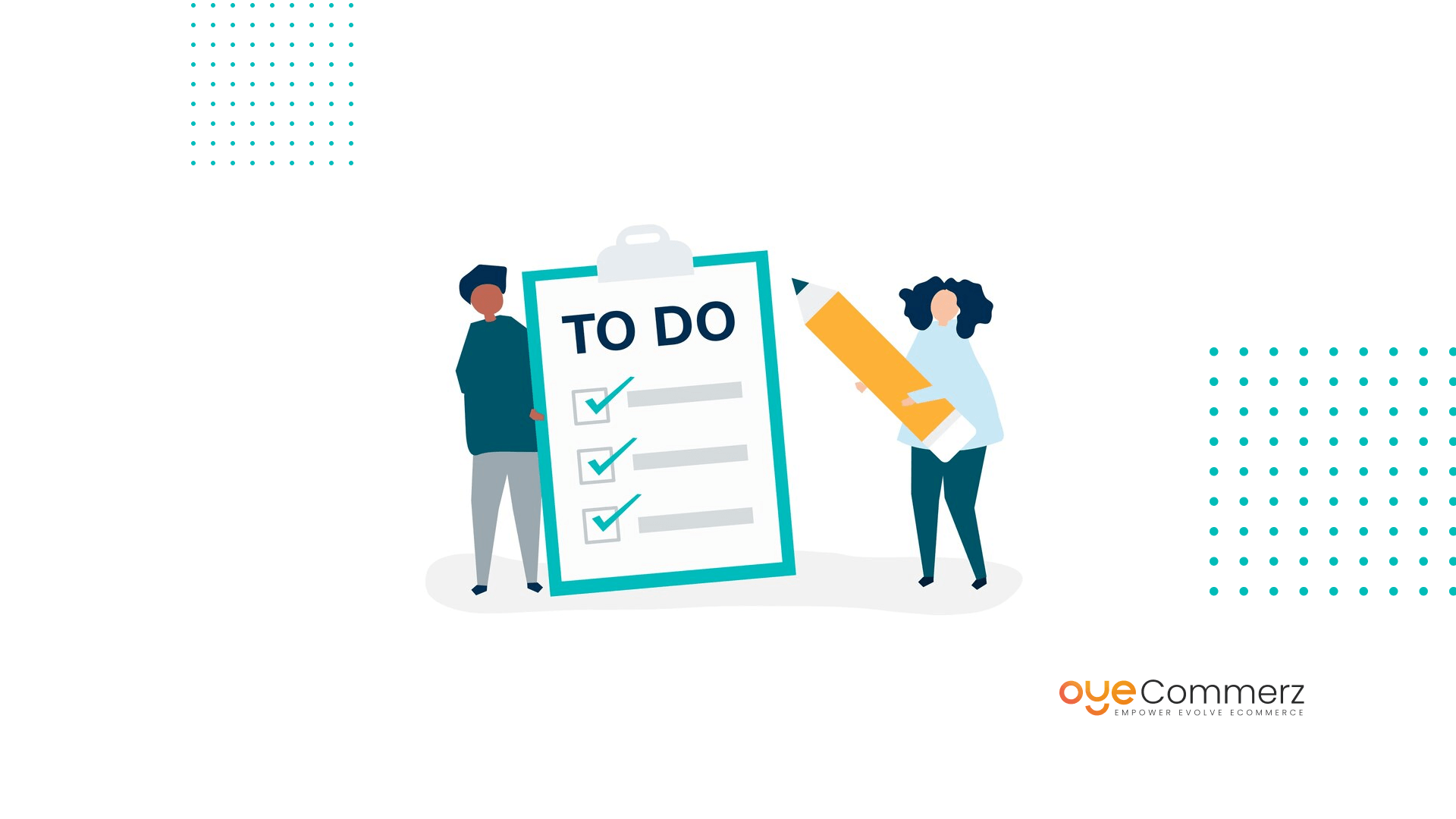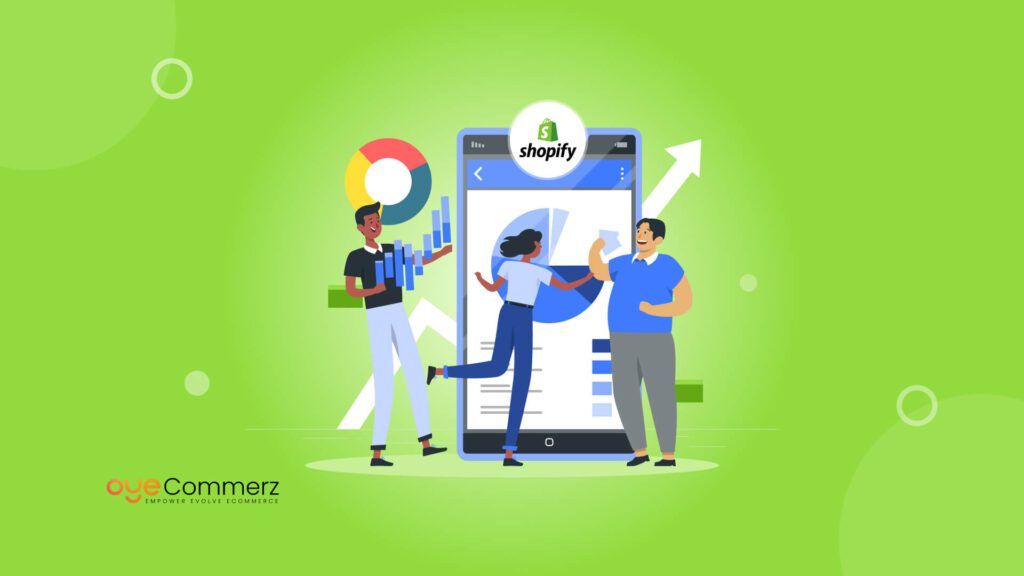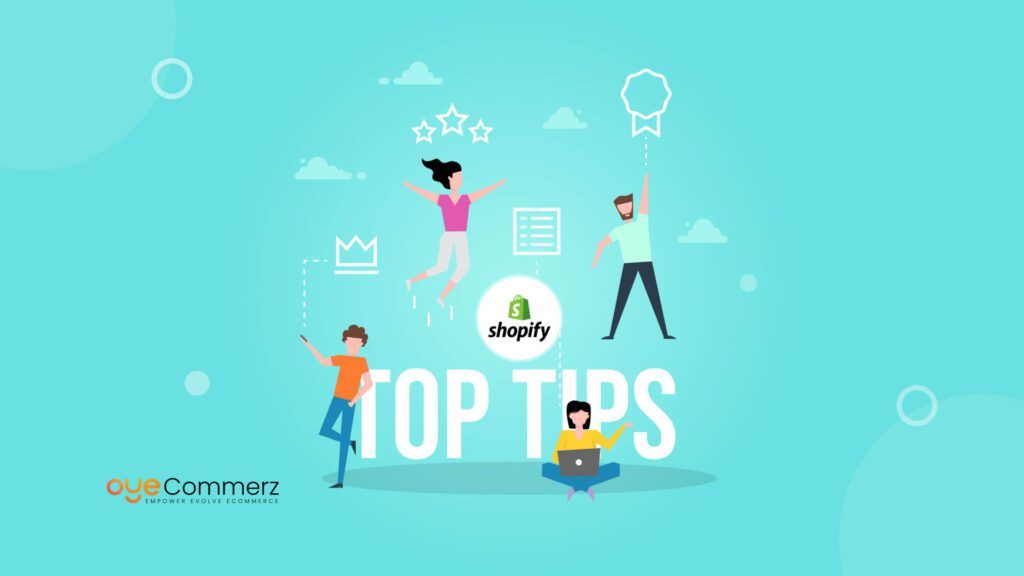Migrating from WooCommerce to Shopify is a significant step for any eCommerce business. This transition, if done correctly, can lead to improved performance, better user experience, and enhanced scalability. However, the migration process can be complex and requires careful planning and execution. In this blog, we’ll guide you through the essential steps you need to take before making the move to ensure a smooth and successful transition.
E-Commerce Migration Trends You Should Know:
- Shopify is valued at over $100 billion and generates $4.6 billion in annual revenue.
- Shopify holds a 32% share of the eCommerce platform market.
- More than 1 million businesses across 175 countries use Shopify.
- The number of active Shopify stores tripled during the COVID-19 pandemic.
- There are 111 Shopify merchants with annual sales exceeding $1 million.
- Shopify users have collectively installed over 25 million apps from the Shopify App Store.
What is Migration?
In the context of eCommerce, migration is the act of moving all data related to the operations of an online store such as products, customers, orders, and content, from one platform to another. This process entails the migration of all possible elements that you have previously hosted on WooCommerce, a WordPress plugin for e-commerce stores into Shopify, an independent e-commerce platform. The process poses challenges on how to go about the entire process to ensure that data is not lost and the new store functions properly.
Why You Should Migrate from WooCommerce to Shopify?
When relocating your business to Shopify from WooCommerce, it can be quite advantageous for you in terms of enhancement. Here are the reasons:
- Ease of Use:
The case is crucial with reference to Shopify which is famous for its intuitive design. As compared to WooCommerce which can only be managed and edited through code, Shopify has features that can easily be moved around by draggable icons without the need to learn certain programming languages.
- Security:
These issues do not concern Shopify users – the firm is responsible for hosting as well as implementing SSL certificates and PCI compliance. WooCommerce provides no built-in security options because it is a plugin even though this means that every aspect of security has to be handled by you personally which can be quite overwhelming and, of course, time-consuming.
- Scalability:
Shopify is a platform that grows with you and can accommodate the operations of large multisite businesses. Truly, Shopify is a great platform that allows your store to grow and expand by giving you the tools and solutions to help it expand without needing you to overhaul your existing framework.
- Customer Support:
Although there aren’t any blog posts accessible on Shopify, the company delivers 24/7 customer support, so you should not face any issues trying to find assistance. This basically means that getting help from WooCommerce support mainly comes from the forums or the knowledge base, which again is not as fast or detailed.
- Integrated Features:
Shopify has a myriad of free and paid apps that extend the basic features when setting up your online business. Like most platforms, WooCommerce has extensive plugins that will also help in running the site; however, managing and incorporating these features may be challenging sometimes.
Why Shopify is a Better Option?
- Comprehensive App Store:
On the App Store developed by Shopify, there is a great variety of applications to improve your store. Starting from the advertising and positions on Google to the tracking of your stock and assistance to your buyers, Shopify apps are fully compatible with your store.
- Customizable Themes:
Shopify currently offers a wide selection of professional, mobile-friendly themes that are fairly easy to manage. These themes are tailored to be beautiful but furthermore are developed to be conversion-friendly to make an engaging and alluring online store, even if you aren’t exactly a web designer.
- Payment Gateway Integration:
Here are the following retail payment solutions that are supported by Shopify, thus allows customers to make payments from any part of the world. To make this even easier, Shopify Payments – the company’s own payment solution – can be used which cuts down on transaction costs.
- SEO and Marketing Tools:
Shopify is developed with integrated SEO features or simply comes with strong marketing tools to expand your market. Shopify offers the tools you will require for sending out automated e-mails and integrating social media selling for your store.
- Performance and Reliability:
When using Shopify, you are relieved of stress concerning site speed, uptime, and hosting. Hang out your shop on Shopify and guarantee high performance, which will be to the customer’s advantage.
5 Things You MUST Do Before Moving from WooCommerce to Shopify

It is essential to understand the following factors concerning migration from the WooCommerce store to the Shopify store. Here are five essential actions you need to take before making the move:
- Backup Your WooCommerce Store:
So, firstly, when starting any kind of migration, it is mandatory to make a backup of the WooCommerce store. These are files that should be backed up and they include products, customers’ information, orders, and contents.
How to Backup:
- There are backup plugins out there like UpdraftPlus or BackupBuddy, which can be used for the backup.
- Make sure that the backup is kept safe, preferably in cloud storage and not in the local network of the firm.
- To make sure that the backup is complete, always cross-check whether the backup involves the database, files, and media.
In other words, a backup means that you will have the backup data to work with no matter the situation occurring during migration. In case you have made changes that are mutually exclusive from the main business, you can always use the backup to bring your store to its previous state.
- Evaluate and Clean Your Data:
Outdated, duplicate, or irrelevant data contained in the data migration process makes migrations a tricky and potentially performance-affecting process for a new Shopify store. It is recommended to take time before migration to assess and profile your data.
Steps to Clean Data:
- Products: Customers can only purchase items that they find relevant in their day-to-day lives, therefore eliminating the items that are no longer in stock or even the items that were discontinued.
- Customers: This job includes updating the customer data on the base and deleting all the accounts that were created a long time ago and could not be used for recent purchases.
- Orders: In specific, the following processes should be performed: * Delete the redundant records from the database * Move the records to an archive.
This way, while moving the data to Shopify, you only transfer the necessary and correct data which contributes to the organization of the store.
- Choose the Right Shopify Plan and Apps:
Choosing the right Shopify plan and deciding on which apps are required for migration are critical activities in migration. Regarding the availability of different plans, it is necessary to understand that every plan has its own characteristics and costs.
- Steps to Choose the Right Plan:
Assess Your Needs: Think about whether the software will be used in small or large businesses, the rate of sales, and the specific functionalities you need.
Compare Plans: Check out each plan of Shopify and compare each of them to ensure that it fits the business.
Select Essential Apps: The suggestions above should help in identifying apps that could bring efficiency to the store and these should be installed. While scouting for apps try to look for those that offer functionalities that are similar to or offer better services as that of WooCommerce.
Selecting the right plan with apps gives your newly created Shopify store all the tools and functionalities necessary for business management.
- Design and Customize Your Shopify Store:
Another simple and exciting aspect of using Shopify is that when you decide to switch your store to Shopify, you get to redesign your store how you want. Shopify has a variety of themes that you can apply to your store and can be changed to suit your company statement.
- Steps to Customize:
- Choose a Theme: Choose a theme from the Shopify Theme Store that best suits the nature of your business and the mentality of the company.
- Customize the Theme: To edit the design, take advantage of the available customization options in Shopify that allow for changing the sections, colors, fonts, and other aspects of the site.
- Add Essential Pages: Add other basic pages including About Us, Contact Us, Privacy Statement, and Shipping-details.
Recent advancements in web design have given consumers an improved experience for online shopping which can be achieved by customizing your Shopify store.
- Plan and Execute the Migration Process:
The migration process is the physical process of shuttling your data from WooCommerce to Shopify. This can be done by the use of migration tools and services or can be done by hand.
Steps to Migrate:
- Choose a Migration Method: If you are not going to use a migration service then you have to decide whether you are going to migrate data manually or by some service like Cart2Cart, LitExtension, etc.
- Map Your Data: Check that all the data fields of WooCommerce are properly matched to the data fields in Shopify.
- Test the Migration: Run some sort of trial with a couple of records to check for problems and to verify that the record information is migrated correctly.
- Execute the Migration: After you are done with testing migration as mentioned in the previous step, go for the actual migration. Supervise the process for the transfer to be feasible and everything to go as planned.
- Review and Optimize: After migration, it is essential to go through your newly established Shopify store to ensure that all Data has been migrated as required. You will want to optimize your store settings, search for the information that is absent in the list, and make all the required changes.
Coordinating the migration process properly means that the transition will be done without a hitch, and any loss or corruption of information will be avoided.
Elevate the Success of your Business with OyeCommerz Now!!
At OyeCommerz, we understand the transformative power of an efficient and hassle-free migration from WooCommerce to Shopify. Unlike the physical challenges of a brick-and-mortar store, the complexities of transitioning your online shop are hidden behind lines of code and intricate digital infrastructure.
Welcome to OyeCommerz, your dedicated partner for WooCommerce to Shopify Migration Services. We grasp the significance of your digital transformation in this age of e-commerce.
"Schedule the migration during a low-traffic period, prepare marketing campaigns to announce the new platform, and be ready to address any immediate customer inquiries. A well-planned launch strategy will set the stage for a successful transition.”
Conclusion
Switching from WooCommerce to Shopify is a strategic decision that could bring a lot of positive changes to your eCommerce business. Shopify is easy to use and secure, plus it is scalable and offers its users lots of help and support when they need it. However, extensive consultation with the relevant departments is warranted, and a proper strategy should be implemented during migration.
Hence, this guide outlines the following steps that if followed carefully can help you migrate successfully from WooCommerce to Shopify, namely; backing up your WooCommerce store, cleaning your data, selecting the right Shopify plan and apps, designing and customizing your store, as well as carefully planning the migration process. With these preparations, your new Shopify store will be optimized for delivering better customer experience to your customers and to grow your business.




